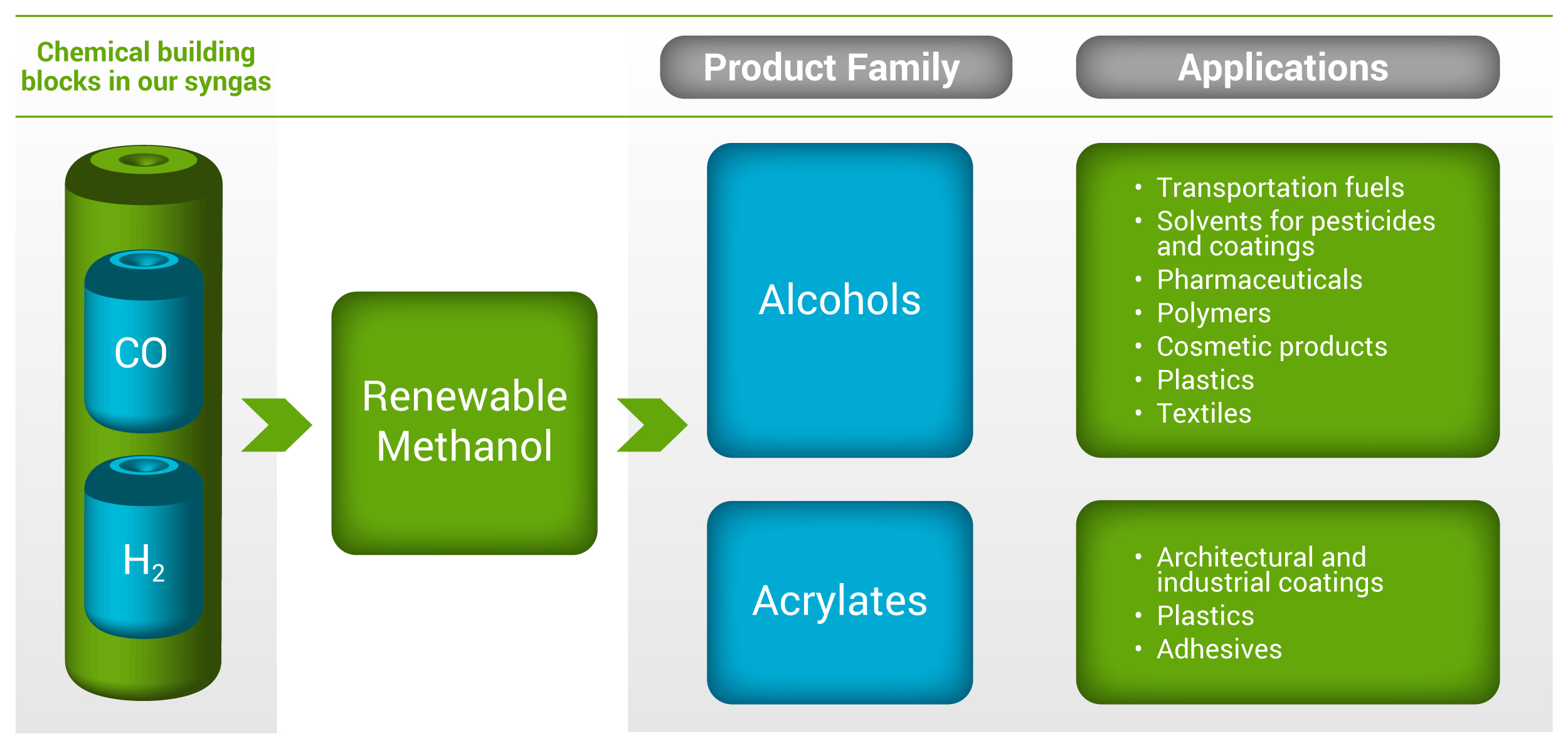This introductory picture require no comment, but should make us reflect on the necessity to URGENTLY change the waste management in the world .
The problem of Waste Management affects all countries around the world, and with the increasing population, the problem of waste management increases exponentially.
Each country chooses different systems to solve this problem from the collection of waste to the recycling materials but until today, anyonee has proven effective.
Our Company offers the solution to permanently solve enviromental problems with good solution of waste management:
The Waste Plasma Gasification plant for waste process ,with Molecular Dissociation System.
Plasma Torch Gasification to Process Waste with Molecular Dissociation Technology
The Waste Plasma Gasification plant with Molecular Dissociation Technology , is able to process at the same time any kind of waste, such as municipal solid waste, construction and demolition debris, scrap from cars, coal ash, tyres, biomasses, incinerator waste, liquids and sludge etc....
After collection, waste are processed in a chamber of treatment with the Plasma Torch.
The Plasma Torch produces very high temperatures which are able to do the molecular dissociation of all waste taking them back to their original composition.
The waste process produces Syngas, which is cleaned from dangerous particles.Then Syngas will used to produce electric energy or fuels .
The heavy elements such as metals or sludge, which cannot be transformed into Syngas, are deposited on the bottom of the treatment chamber and are separated and recovered via sieves (gold, silver, for example contained in the batteries or in the electronic component circuits etc…).
Scheme Waste Management - From Collection Waste to Treatment Waste

Syngas from Waste - Syngas to Energy
The Syngas clean-up process allows to remove any undesired chemical substances for the prevention of damage to the well-being of man and the environment. On leaving the gasification reactor, the syngas is quickly cooled and the particulate is removed by mixing with water in a spraying tower (Venturi or scrubber effect). Further removal of the particulate takes place in an electrostatic precipitator in a humid environment.
Models and Capacity Waste Plasma Gasification

From Wastes to other energy products: Syngas > Methanol
Methanol, or methyl alcohol, is the simplest alcohol, with the chemical formula CH3OH (often written as “MeOH”). It has also been known as wood alcohol, wood spirits, spirit of wood, and wood naphtha, because it used to be produced via pyrolysis of wood. This “spirit of wood” was a key ingredient in Eastman’s process for manufacturing Kodak photographic film. Today, methanol is a widely used commodity chemical, which is used directly, as well as a feedstock for the production of a wide range of other alcohols, liquid fuels, chemicals and plastics
Methanol is primarily used in making other chemicals. About 40% of methanol produced is converted to formaldehyde, which is then converted to other products such as plastics, paints, explosives, and resin-based adhesives used in the manufacture of plywood and wood products.
Today, most methanol is produced using natural gas (methane) as the feedstock.
The second reaction above uses catalysts to assist in the reaction to combine the single CO and the two H2 molecules to form the desired methanol product. This reaction is exothermic, creating a significant source of heat that is typically used elsewhere in the manufacturing plant to generate steam and/or electricity. The ratio of H2 to CO is specific for different downstreamprocesses (seeSyngas ProductionandDownstream Conversion Processes). For methanolsynthesis, the ratio is 2:1. Fortunately, the steam methane reforming step shown in Reaction #1 above produces exactly the ratio (2:1) required for methanol synthesis.

Our Waste Plasma Gasification is able to process any kind of waste toghether :
-
Municipal Solid Waste ;
-
Pharmaceutical waste and sludge;
-
Hospital waste;
-
Chemical waste and sludge from chemical treatments;
-
Industrial waste containing chlorine, sulphur, etc.;
-
Industrial Oils and tank washing sludge residues;
-
Special electronic waste (computers, monitors, household appliances, etc);
-
Batteries, acids;
-
Explosive waste and waste containing phosphorus;
-
Military Waste;
-
Fly Ash and bottom ash;
-
Tyres;
-
Asbestos;
Waste Plasma Gasification with Molecular dissociation Technology is :
Ecologic
- Does not produce hazardous residues, there is nothing to dispose of after the treatment;
- There are several options for the recovery of energy;
- There are no pollutant emissions into the atmosphere;
- Respects the strictest environmental laws and regulations;
- The process generates vitrified materials to be used as road beds, aggregates, etc..;
- The process generates metals which can be recycled or sold ;
Efficient
Waste Plasma Gasification with Molecular Dissociation Technology is able to
- To work 24 hours a day for 365 days in the year;
- It recovers 90% of the energy from waste;
- A tonne of waste produces about 1.2 MW of electricity;
Economic
- Lower initial investment costs are lower respect to other system to process waste, as for example inceneritor ;
- Lower costs for handling and maintenance;
- The Molecular Dissocation System uses to work only 4- 5 % of energy produced ;
- Almost all of the solid or liquid raw materials (organic, inorganic and/or heavy metals) can be treated homogeneously or simultaneously, thus minimising the pre-process, storage, division and management costs.














